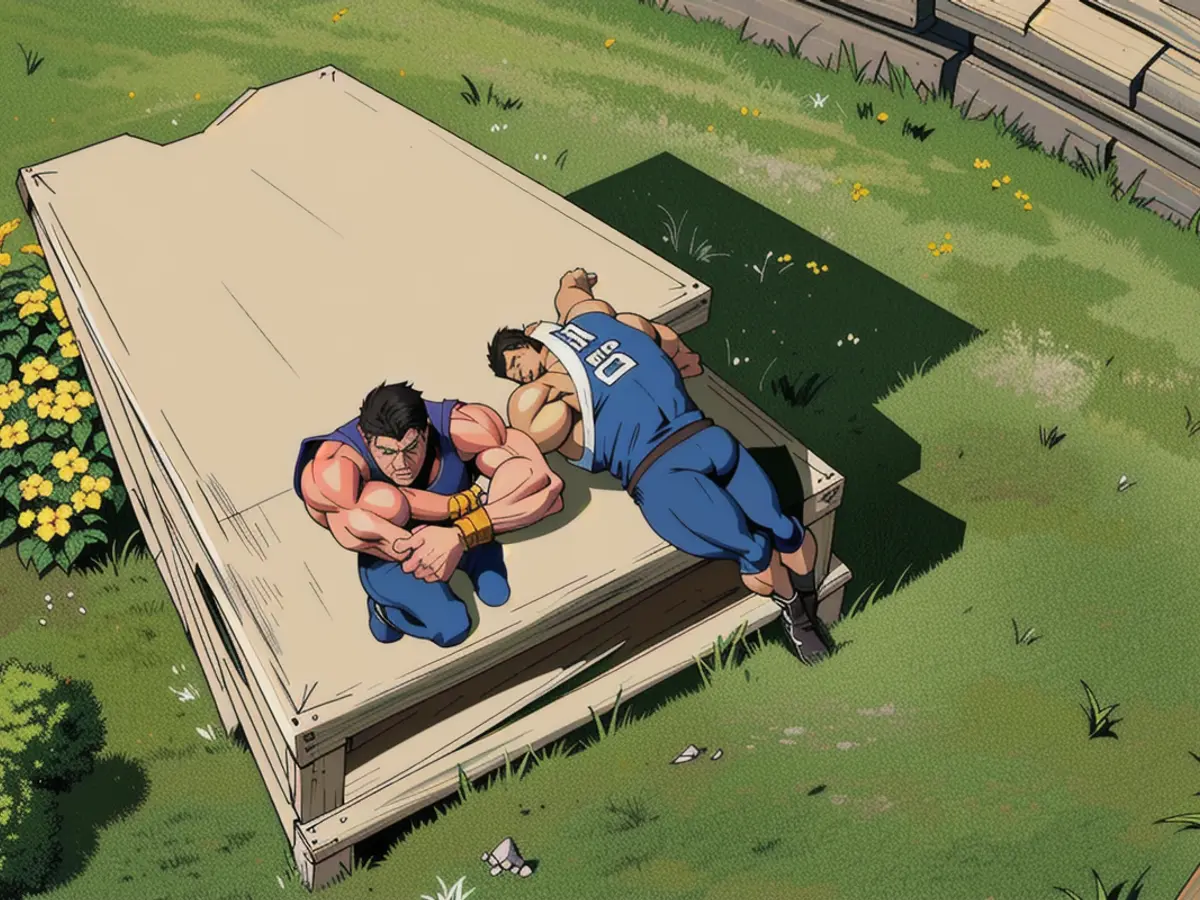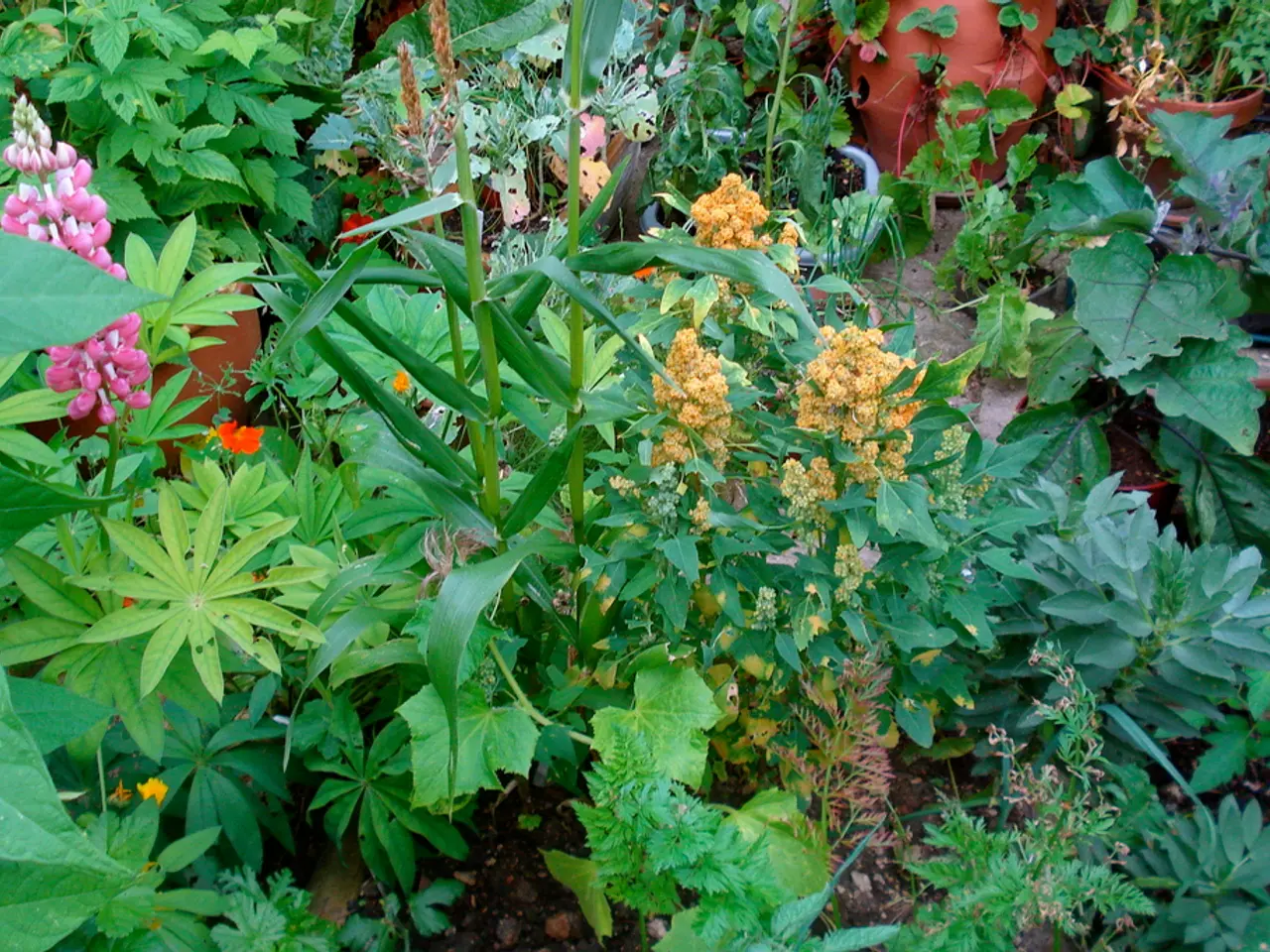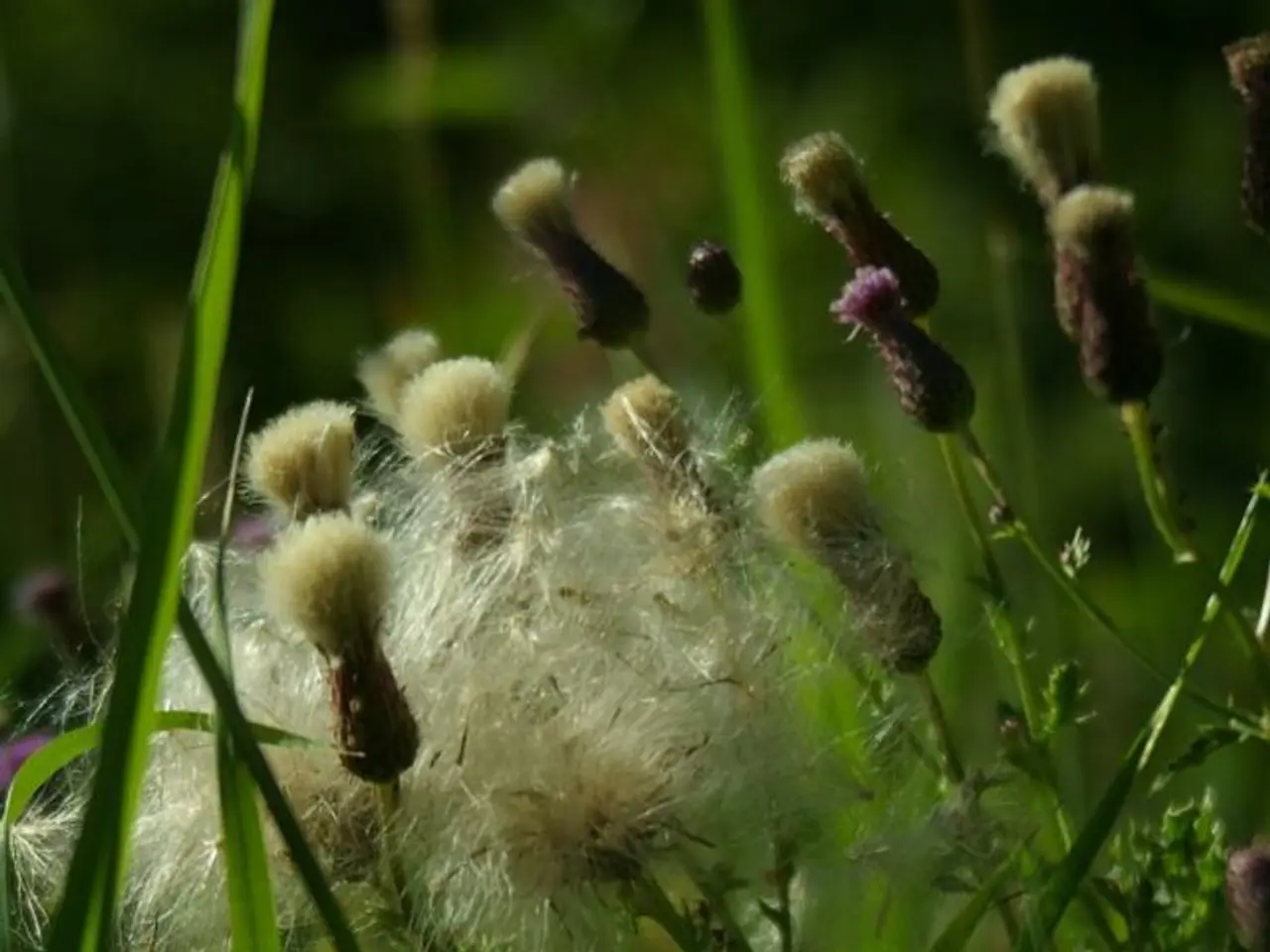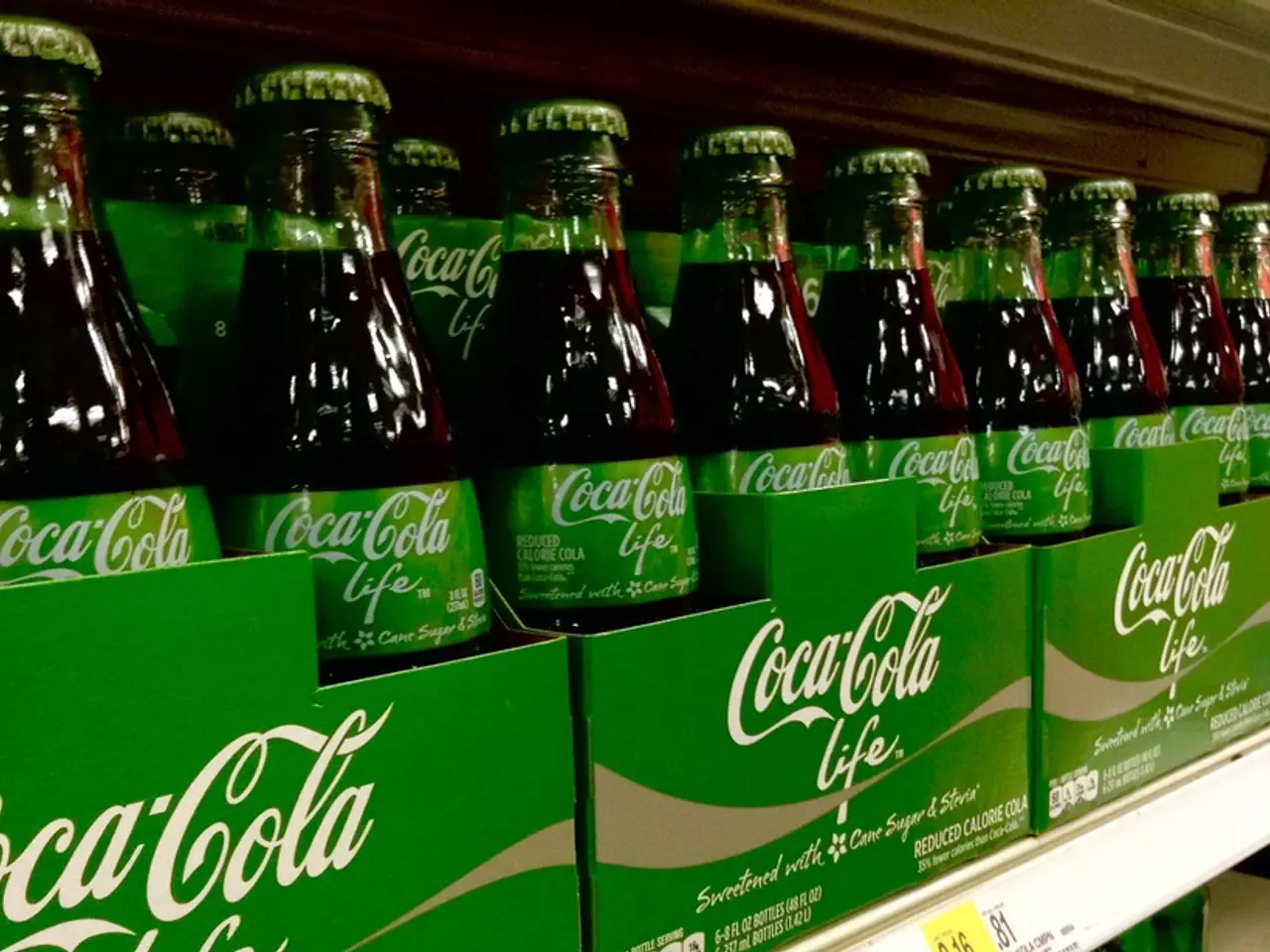Utilize Cardboard in Your Garden to Inhibit Weeds and Augment Soil Quality
Cardboard Magic in Your Garden: A Game-Changer for Gardeners
Transform your gardening game with ordinary cardboard! This thin, strong sheet, made from wood fibers, is not just for packing - it's your secret weapon for a thriving garden. Biodegradable and environmentally-friendly, cardboard finds numerous applications, promoting soil health, deterring weeds, and a whole lot more. Let's dive in and discover the marvelous ways cardboard can revolutionize your garden.
Meet Aaron Steil, Consumer Horticulture Extension Specialist at Iowa State University Extension and Outreach, and Jan Johnsen, author of Gardentopia: Design Basics for Creating Beautiful Outdoor Spaces. They're here to share the ins and outs of cardboard gardening.
Establishing a New Garden Bed
Building a garden bed from scratch doesn't have to be backbreaking work. "Cardboard is awesome for eliminating existing vegetation and creating a new garden bed," says Aaron Steil. This method, called no-till or no-dig gardening, preserves crucial microorganisms in the soil and minimizes erosion. To start, simply layer brown corrugated cardboard where you want your garden bed to be, water it, then top it with a layer of compost. For optimal water absorption, the layer on top should be light enough to let water penetrate into the cardboard and soil below.
Preventing Weeds
Covering the soil with cardboard prevents weeds from catching the sunlight, ensuring they can't break through the surface. However, using cardboard as a weed barrier can sometimes look unsightly. To camouflage it, cover the cardboard with a layer of mulch to make it more appealing. Keep in mind that this might speed up the cardboard's decomposition.
Creating Compost
Achieving the perfect ratio of carbon-rich and nitrogen-rich materials in compost is essential for a rich bounty of nutrients. Adding cardboard to your compost pile can boost its carbon content, providing a much-needed balance with greener, nitrogen-rich materials like grass clippings and food scraps. However, don't overdo it, as cardboard is very high in carbon, so a little cardboard goes a long way in providing carbon to the compost pile. Remove any non-biodegradable materials, like tape and staples, before composting, and shred the cardboard into smaller pieces to speed up decomposition.
Avoiding Common Mistakes
While cardboard can provide numerous benefits to your garden, it's crucial to use it wisely. Don't use too much cardboard around established plants, as it can restrict water and air movement to the soil, leading to negative effects on soil health and plant growth. Stay away from glossy, shiny, or printed cardboard, as they may contain chemicals that aren't good for your soil. Finally, soak the cardboard thoroughly to aid decomposition, and cover it with 4 to 6 inches of compost, mulch, or a mix of both for a successful transformation.
By embracing cardboard in your gardening endeavors, you can create a more sustainable, low-maintenance, and pest-resistant garden with ease. Be sure to follow our experts' guidance to make the most of cardboard and keep your garden blooming all year round!
- The renowned gardening expert, Martha Stewart, might find the cardboard magic in her garden a valuable addition to her lifestyle, home-and-garden, and fashion-and-beauty empire.
- Jan Johnsen, author of Gardentopia, could recommend using cardboard for creating beautiful outdoor spaces, as it helps prevent weeds andpromote soil health.
- When setting up a new garden bed, gardeners like Marth Stewart might consider Aaron Steil's method of using cardboard in the no-till or no-dig gardening approach, which preserves soil microorganisms and minimizes erosion.
- To maintain an attractive garden, fashion-conscious gardeners could use cardboard as a weed barrier and cover it with a layer of mulch to blend seamlessly with the rest of their garden.
- In the pursuit of a balanced compost pile, gardening enthusiasts like Marth Stewart could strike the perfect ratio of carbon-rich materials, such as cardboard, and nitrogen-rich materials like grass clippings, while ensuring the removal of non-biodegradable items before composting.







